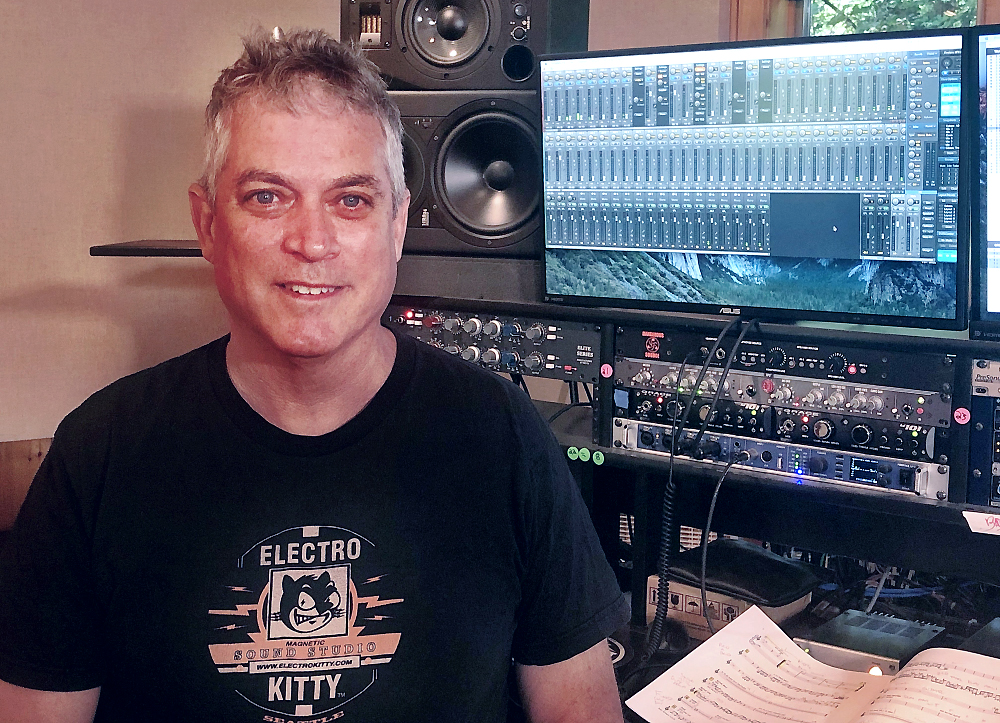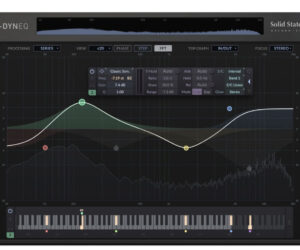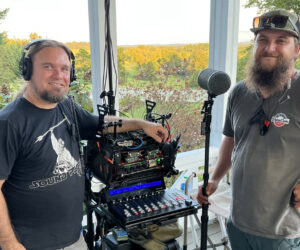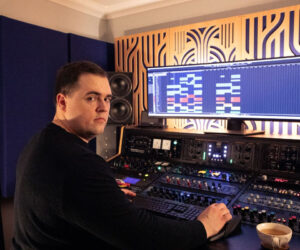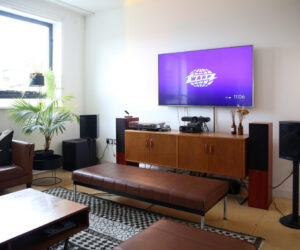Jazz drummer, educator and recording engineer Karl Latham, who first discovered RME interfaces in several studios when touring and recording in Northern Europe in 1993, still utilizes his original Fireface UFX unit that has played a central role in his home studio workflow for the past eight years.
“I can’t express how much I love this piece of gear,” Latham states. “It literally beats every requirement I would ever have — from the stability to the sound quality to the ease of use. I’ve been using my UFX for just shy of a decade, and it’s still completely stable.”
From recording and self-producing his new album with NYC bassist Ryan Berg and pianist Alex Collins “Together” — released in June — to contributing drum tracks for numerous demos, artist releases and jingles, Latham’s RME UFX serves as his main interface, routinely running 24 tracks out of it.
“I run it as the front end to Pro Tools,” Latham explains. “I have a rather large home studio, designed by venerable studio designer John Stork. My entire house is wired to record in, so the UFX plays a very key role.”
Collins, Berg and Latham’s new album features such jazz standards as “Stella By Starlight,” “On Green Dolphin Street” and “Polka Dots And Moonbeams.” The project was born out of Latham’s lockdown livestream concert series “Concerts from the Cabin,” where he invited friends to play socially distanced at his home studio in New York.
“I created ‘Concerts from the Cabin’ just as a place for musician friends to come over and play socially distanced and provide an outlet for us to stay musically in contact with friends, family and fans,” Latham says. “Basically, it was for my friends who are primarily performers to simply try to stay sane. I learned how to operate [free streaming platform] OBS Studio and, while I knew nothing about video, I bought some lights and a pile of webcams, cables and hubs — it was all trial and error.”
Latham’s livestreaming series included jazz musicians John Lee (Dizzy Gillespie Alumni Director), Laurence Hobgood, Howard Paul, Freddie Hendrix, Tomoko Ohno, Martin Pizzarelli, Mitch Stein and Roger Squitero.
“We never rehearsed,” he notes. “We just simply wrote a short list of each session of songs we collectively knew. We didn’t really discuss interpretations or forms, we just played.” Initially, he envisioned a compilation “best of” release of the streams, but after going over the streams with Collins and Berg, he changed his mind. The album “Together” was the result of listening back to one of the livestream events.
“The events with Ryan and Alex were so special that I thought it deserved all of my focus,” he says, adding that all of the streams also utilized a Fireface UFX interface. “I ran my entire studio flow capturing all the live instruments, MIDI for virtual instruments and sent that audio to OBS. Many fans said the livestreams sounded like a recording, not a live concert.”
While Latham has been using his Fireface UFX for nearly a decade, he states that the sound quality and stability remain exceptionally high. “There’s just nothing like it on the market,” he concludes. “RME products are unparalleled in their sonic clarity, ease of use and versatility. There is no better bang for your buck.”


